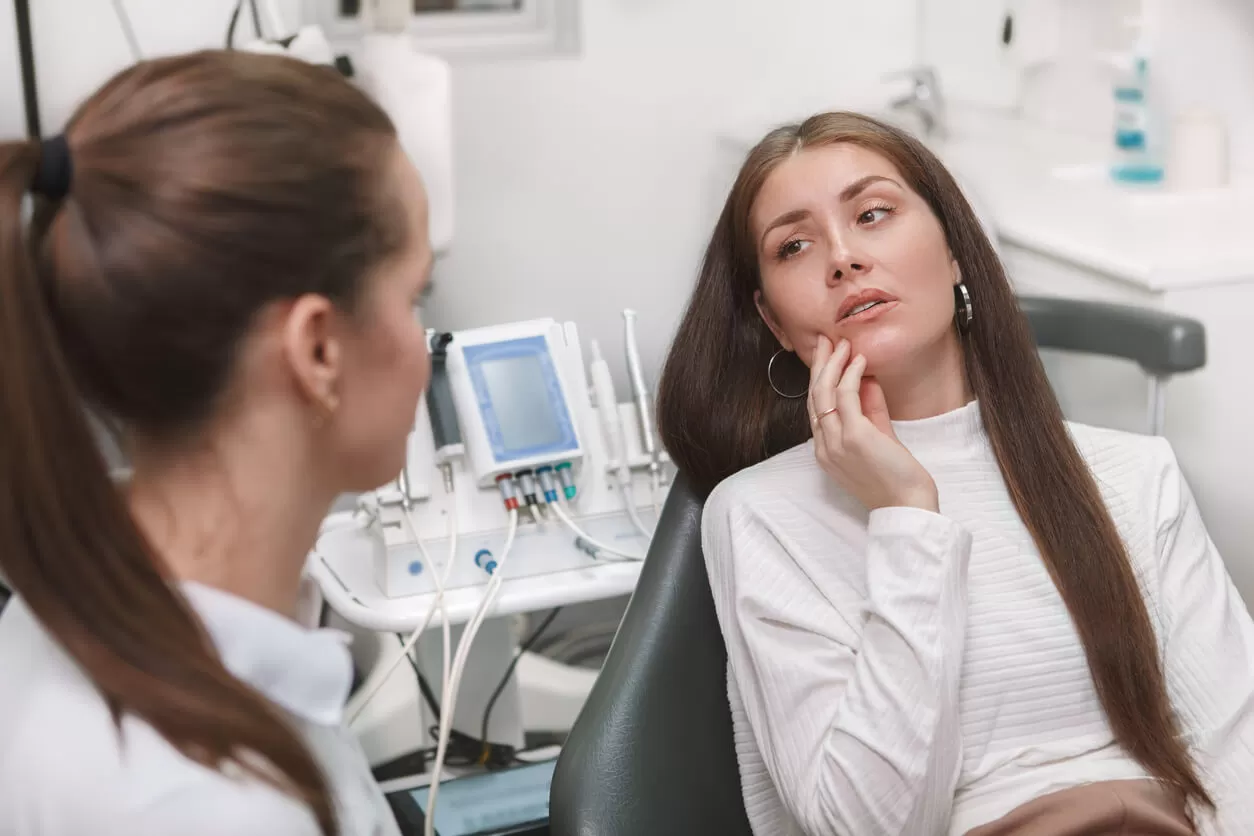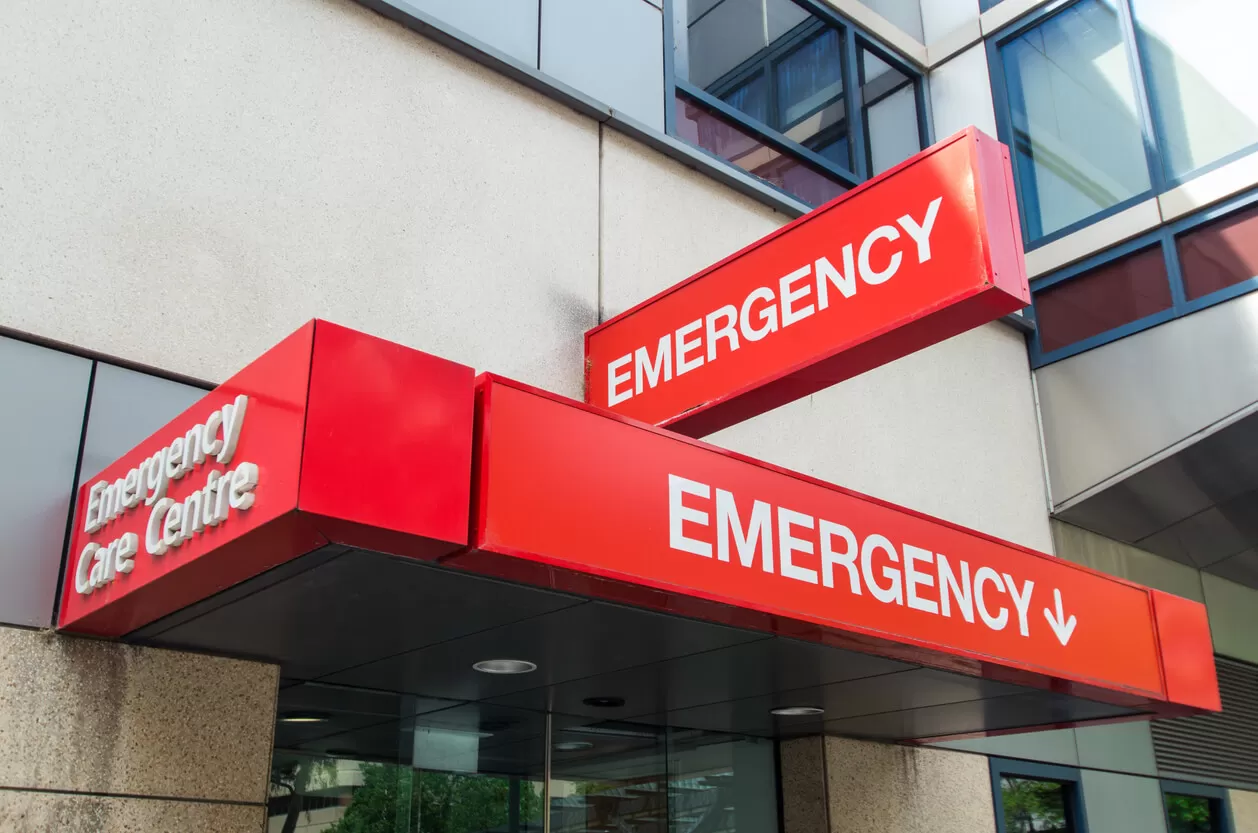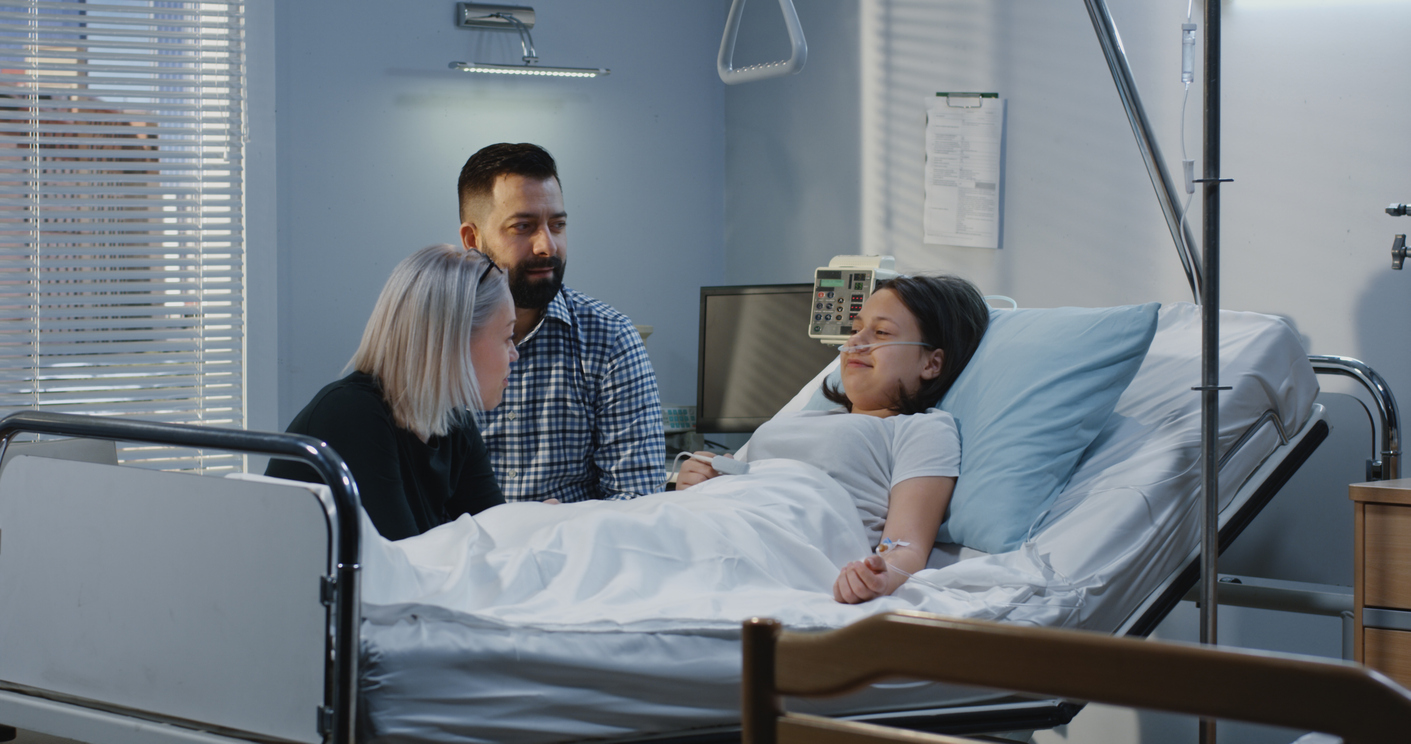Experiencing severe tooth pain can transform your daily life into a challenging ordeal. A study found that over three years, dental issues led to 2,504 emergency department visits, constituting 0.7% of all attendances, mainly among young males. Many cases involved unspecified dental disorders, highlighting the widespread nature of these emergencies.
Understanding when to seek urgent medical attention can significantly impact your well-being, preventing complications and reducing distress.
Causes of Tooth Pain
Tooth pain may arise from various causes, each requiring specific attention to prevent escalation. Understanding these causes can assist you in deciding when professional care is necessary and can even help answer the question: “Can you go to the emergency room for tooth pain?” Here are some common causes:
Cavities
Bacterial buildup erodes the protective enamel of your teeth, exposing sensitive areas and causing sharp pain. Regular dental check-ups can help catch cavities early before they develop into more significant issues.
Gum Disease
This condition occurs when plaque and bacteria accumulate at the gum line, leading to painful infections. Swelling and bleeding are common as the gums react to infection. Treating gum disease promptly can avert serious damage to the gum and bone structures.
Dental Abscess
Dental abscesses, a serious condition often resulting from untreated cavities or gum infections, present as a pocket of pus in the gums, leading to intense pain and swelling. They require immediate attention to avoid spreading infection.
Fractured Teeth
Activities like biting hard objects or experiencing sports-related impacts can cause teeth to fracture. This damage can expose the inner tooth structures, leading to significant discomfort and vulnerability to further injury or infection.
Tooth Root Exposures
When gums recede, the sensitive roots of teeth become exposed, causing throbbing pain. This condition often results from periodontal disease or aggressive tooth brushing, making preventive care critical to preserving tooth health.
Wisdom Teeth
Impacted wisdom teeth often create pressure as they attempt to push through the gums or against existing teeth, resulting in swelling and considerable discomfort. Early assessment by a dental professional can prevent complications from impacted teeth.
Symptoms Associated with Tooth Pain
Recognizing symptoms can prompt timely response, potentially preventing serious dental emergencies:
Sharp or Throbbing Pain
Such intense discomfort is often indicative of serious issues, including cavities or fractures, and should be promptly addressed by a dental professional.
Swelling and Inflammation
Noticeable swelling of the gums or cheeks often indicates infections or abscesses, which can rapidly intensify if not treated quickly.
Sensitivity to Temperature
Experiencing pain when consuming hot or cold foods and beverages can alert you to the presence of cavities, enamel wear, or exposed roots.
Bleeding Gums
Persistent bleeding, especially during brushing or flossing, frequently accompanies gum disease or injury and underscores the need for professional dental evaluation.
Bad Breath or Taste
Foul odors or persistent bad tastes in the mouth may indicate decay or infection, signaling the necessity for immediate attention to prevent further oral health issues.
Can I Go to the Emergency Room for Tooth Pain?
Tooth pain can be excruciating and disruptive. While dental offices provide specialized care, certain situations warrant immediate attention from an emergency room. Understanding when it’s appropriate to seek this option can make a significant difference in managing your discomfort effectively.
Severe Pain
When intense tooth pain strikes and over-the-counter pain relievers fail to relieve it, it signals a condition demanding professional intervention.
Facial Swelling
Swelling of the face or jaw is a serious symptom that typically points to an infection or dental abscess. These conditions can rapidly progress, potentially affecting your airway or spreading infection beyond the oral cavity.
High Fever
A fever accompanying tooth pain often suggests that an infection is spreading. If not controlled swiftly, such infections may advance and cause further health complications.
Trauma or Injury
Accidents leading to a knocked-out tooth, broken tooth, or other significant oral injuries necessitate urgent interventions.
What Can the Emergency Room Do for Tooth Pain?
Emergency rooms offer vital services for managing serious dental issues. Here are the steps typically involved in treating tooth pain in an emergency room:
Step 1: Initial Assessment
- Collection of Medical History. The process begins with collecting your medical history and details about the dental pain, including its duration and any associated symptoms.
- Physical Examination. A comprehensive examination of the mouth, face, and jaw is conducted to assess swelling or visible infections.
- Diagnostic Imaging. If required, X-rays or CT scans may be utilized to visualize underlying dental issues or determine the extent of injuries.
- Diagnosis. Based on the examination and imaging results, a preliminary diagnosis is made to guide immediate interventions.
Step 2: Pain Management
- Assessment of Pain Level. The healthcare team evaluates the intensity of pain to determine the appropriate treatment plan.
- Administration of Pain Relief. Stronger medications, such as opioids or novocaine, are provided to reduce severe discomfort quickly.
- Continuous Monitoring. Regular check-ins occur to monitor the pain relief’s effectiveness and adjust medications as needed.
Step 3: Infection Control
- Identification of Infection Source. Identification of the infection’s presence through symptoms or test results guides treatment.
- Prescription of Antibiotics. Appropriate antibiotics are administered to target the bacteria responsible for the infection.
- Monitoring for Adverse Reactions. Patients are observed for any side effects from antibiotics, and treatment is adjusted if necessary.
Step 4: Temporary Solutions
- Stabilization of Damaged Teeth. Broken or fractured tooth fragments may be temporarily secured to prevent further injury.
- Abscess Drainage. If abscesses are present, doctors may perform incisions to drain pus and reduce pressure.
- Application of Temporary Fillings or Sealants. Materials may be used to close openings in teeth as a short-term protective measure.
While these ER interventions provide critical immediate relief, seeing a dental professional soon is important for comprehensive treatment. This follow-up will address the underlying dental issues with long-term solutions such as root canals, fillings, or other necessary dental procedures.
The 3-3-3 Rule for Managing Tooth Pain
When experiencing tooth pain, the 3-3-3 rule offers a systematic approach for temporary relief:
- Take 3 Ibuprofen (600mg total) every 3 hours
- Take 3 Acetaminophen (1000mg total) every 3 hours
- Alternate between these medications every 3 hours
Important: This rule should only be used as a short-term solution while arranging professional dental care. Never exceed the maximum daily dosage listed on the medication labels. If pain persists beyond 24 hours or worsens, seek immediate professional attention. People with certain medical conditions or those taking other medications should consult their healthcare provider before following this rule.
Important Note About Tooth Extraction
Emergency rooms typically do not perform tooth extractions. While ER doctors can provide temporary relief through pain management and infection control, they are not equipped with the specialized tools or dental expertise needed for tooth extraction.
ERs focus on:
- Managing pain and infection
- Preventing immediate health threats
- Stabilizing your condition
For actual tooth extraction, you’ll need to:
- Visit an emergency dental clinic
- See your regular dentist
- Consult an oral surgeon
The ER can help bridge the gap until you can see a dental professional by providing antibiotics and pain relief if needed.
Exploring Alternatives to the ER for Tooth Pain Relief
Before heading to an emergency room, explore these alternatives for more specialized dental care:
- Emergency Dental Clinics. These specialized clinics focus on urgent dental issues, offering targeted treatments like root canals or abscess drainage. Staffed by skilled emergency dentists, they utilize advanced equipment for precise care, often providing a more efficient and tailored approach than general emergency services.
- Temporary Relief Methods. Over-the-counter medications and home remedies can offer short-term comfort for tooth pain. Techniques such as cold compresses, salt water rinses, or clove oil reduce discomfort temporarily. These should be seen as interim steps before professional dental treatment is pursued.
- Tele-dentistry Consultations. Virtual consultations provide immediate dental services and advice, reducing travel needs. These flexible sessions allow patients to discuss symptoms with dentists from home. Dentists can assess conditions virtually, advising on necessary steps, including whether in-person emergency care visits are required.
Preventive Measures: Avoiding Dental Emergencies
Regular Dental Check-ups
Visiting your dentist regularly plays a key role in maintaining oral health. These appointments allow for early detection of potential problems such as cavities, gum disease, or even the beginning stages of more severe dental issues. Early intervention prevents these conditions from escalating into painful emergencies, ensuring that your dental health remains stable and well-managed.
Maintain Oral Hygiene
A strong daily oral hygiene routine is foundational in preventing dental problems. Brushing your teeth at least twice daily, coupled with regular flossing, effectively removes plaque and food particles that can lead to decay and gum disease. This routine helps avoid infections that could result in severe toothache or more serious dental conditions.
Address Early Signs
Paying attention to minor symptoms like slight discomfort or a loose tooth can prevent them from becoming more significant issues. Addressing these early signs, whether by consulting your dentist or adjusting your oral care habits at home, helps safeguard against the development of long-term damage and pain.
Protection from Sports Injuries
Wearing a mouthguard during sports activities is essential for preventing dental injuries. These guards offer protection from impact and reduce the risk of broken teeth or additional oral injuries. Custom-fitted mouthguards provide the best protection and comfort, making them ideal for athletes.
By implementing these preventive measures, you greatly decrease the chances of encountering urgent dental situations, help maintain a healthy smile, and reduce the severity and frequency of dental problems that may arise.
Your Dental Health Matters: Seek Aid for Tooth Pain
Your dental health plays an essential role in your overall well-being. If you’re facing severe tooth pain, it’s important to act without delay. Understanding your symptoms and exploring options can lead you to swift relief. At Reliant Emergency Room, our team is ready to offer expert support for urgent dental issues, ensuring you receive the care necessary to ease discomfort effectively.
We encourage you to consider preventive measures for long-term oral health. Trust in our professional services to guide you through both emergencies and preventive care, helping you return to your daily routine quickly and confidently.








